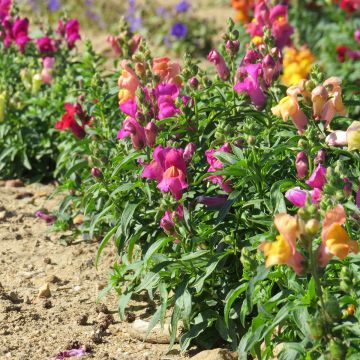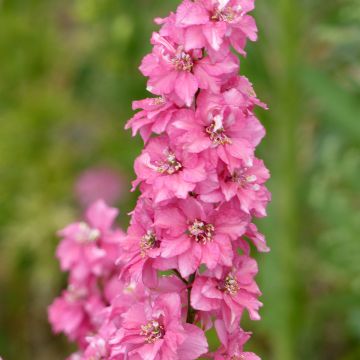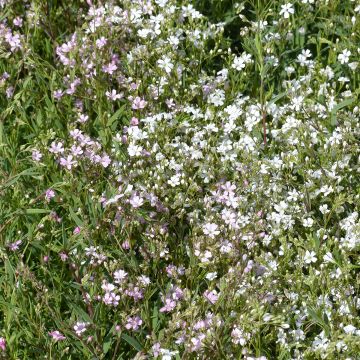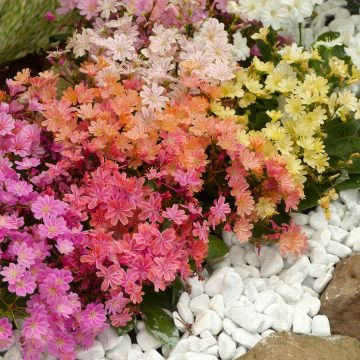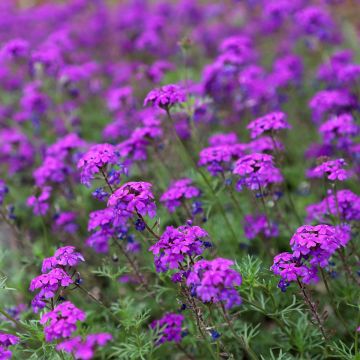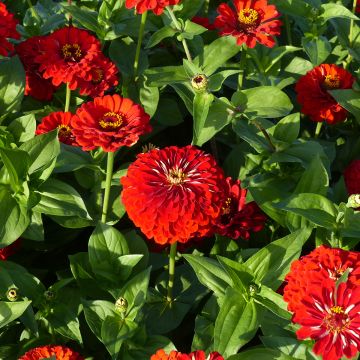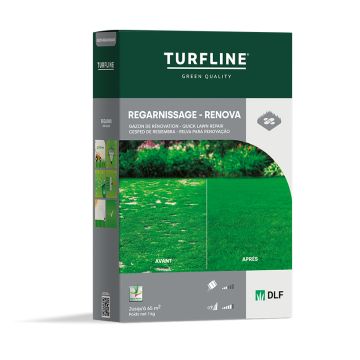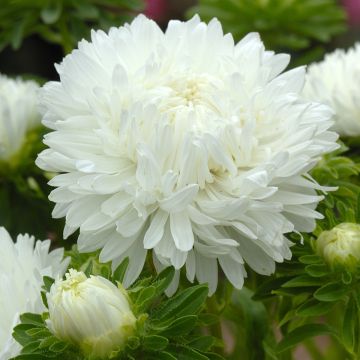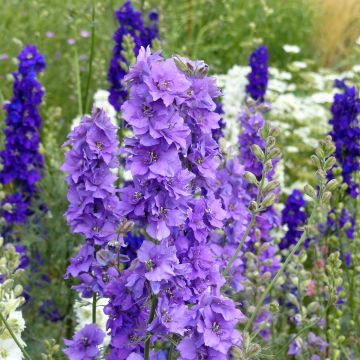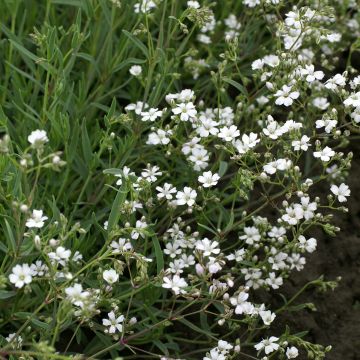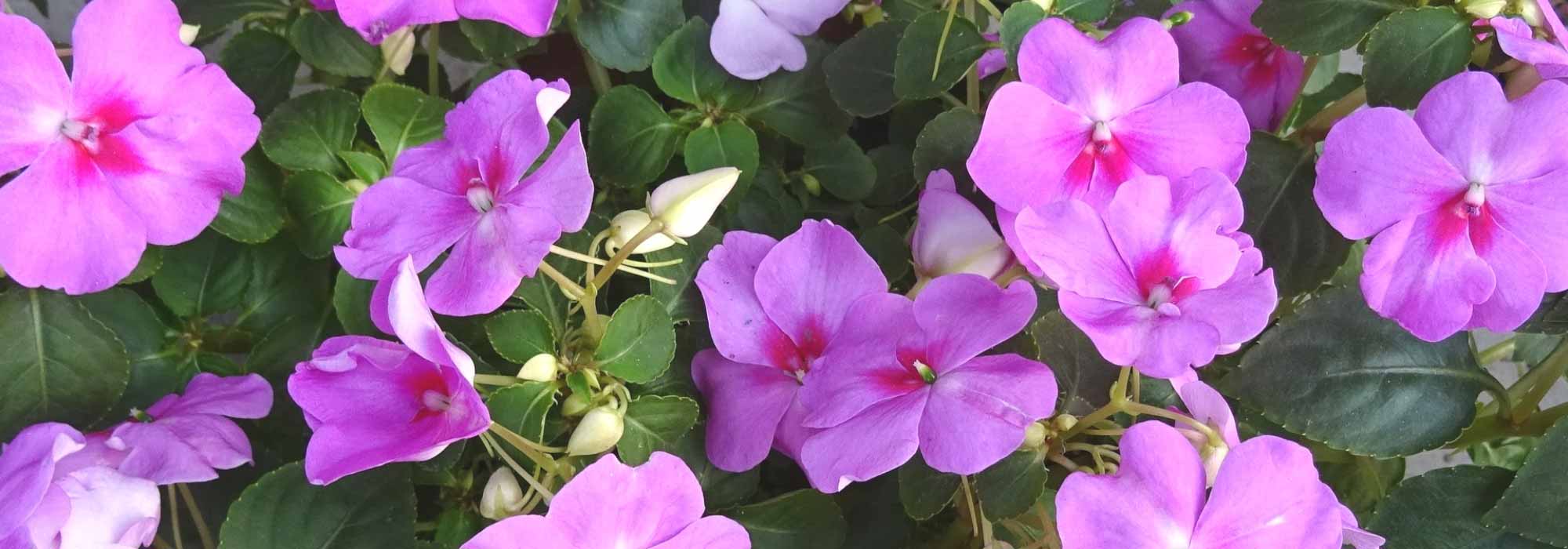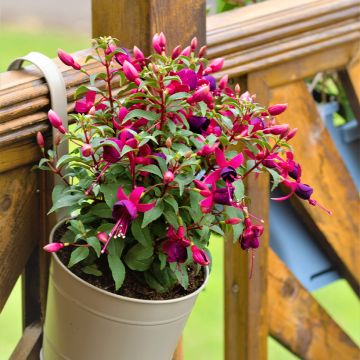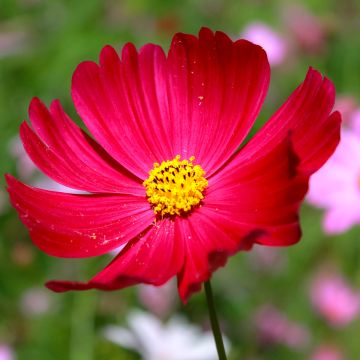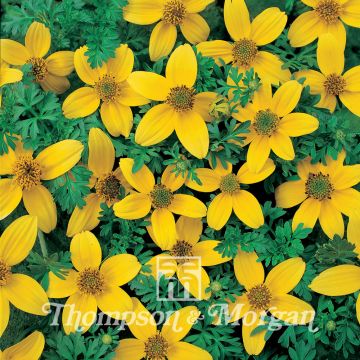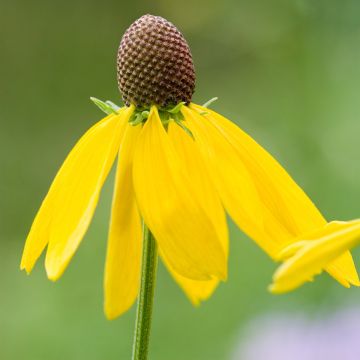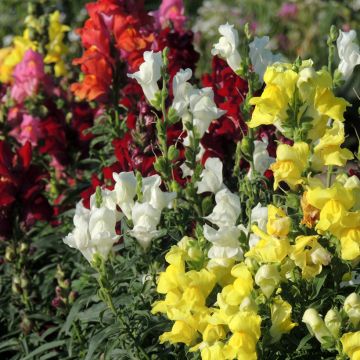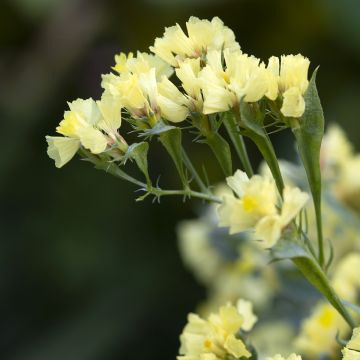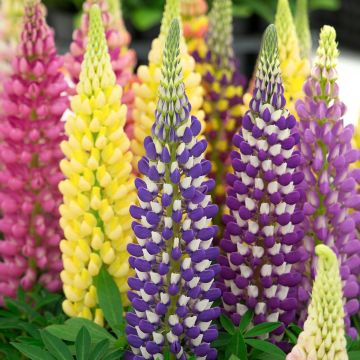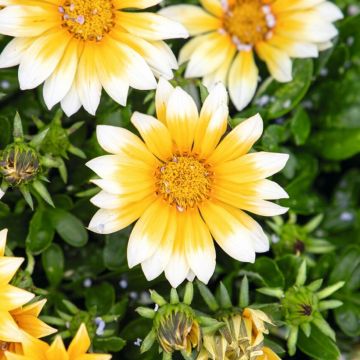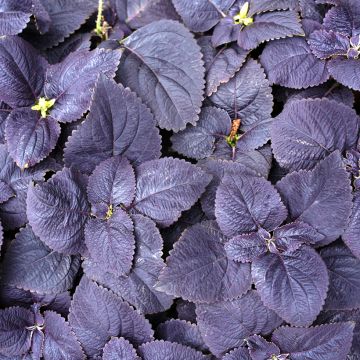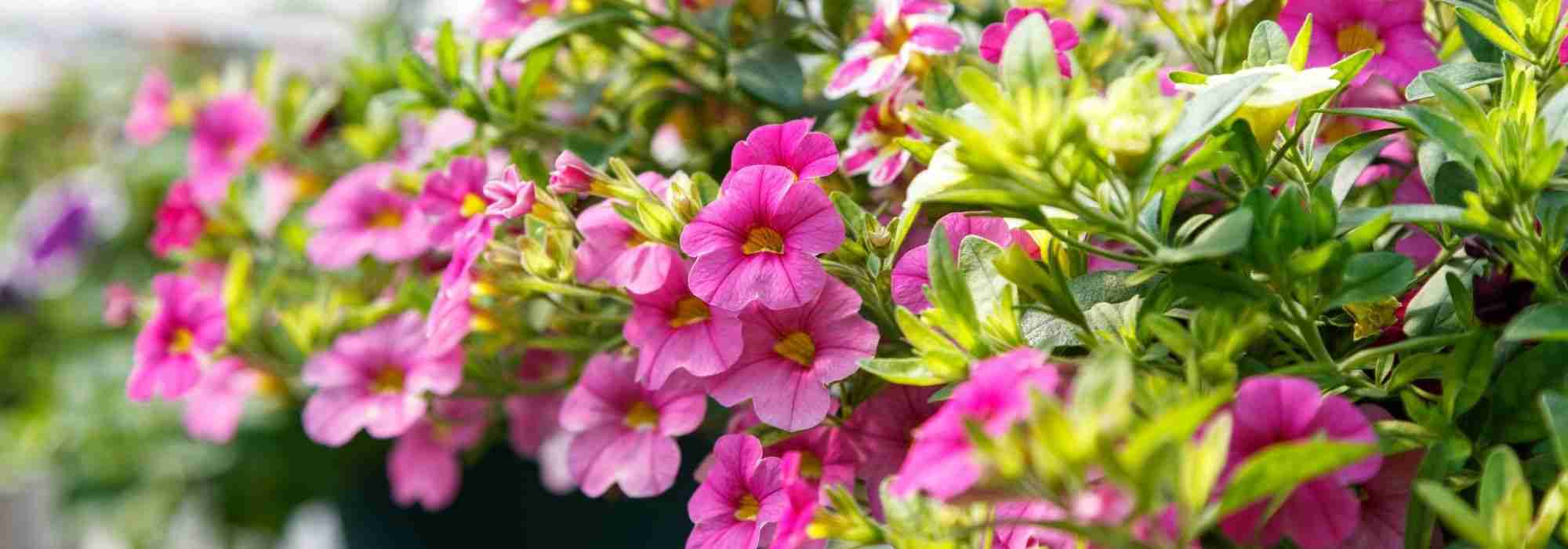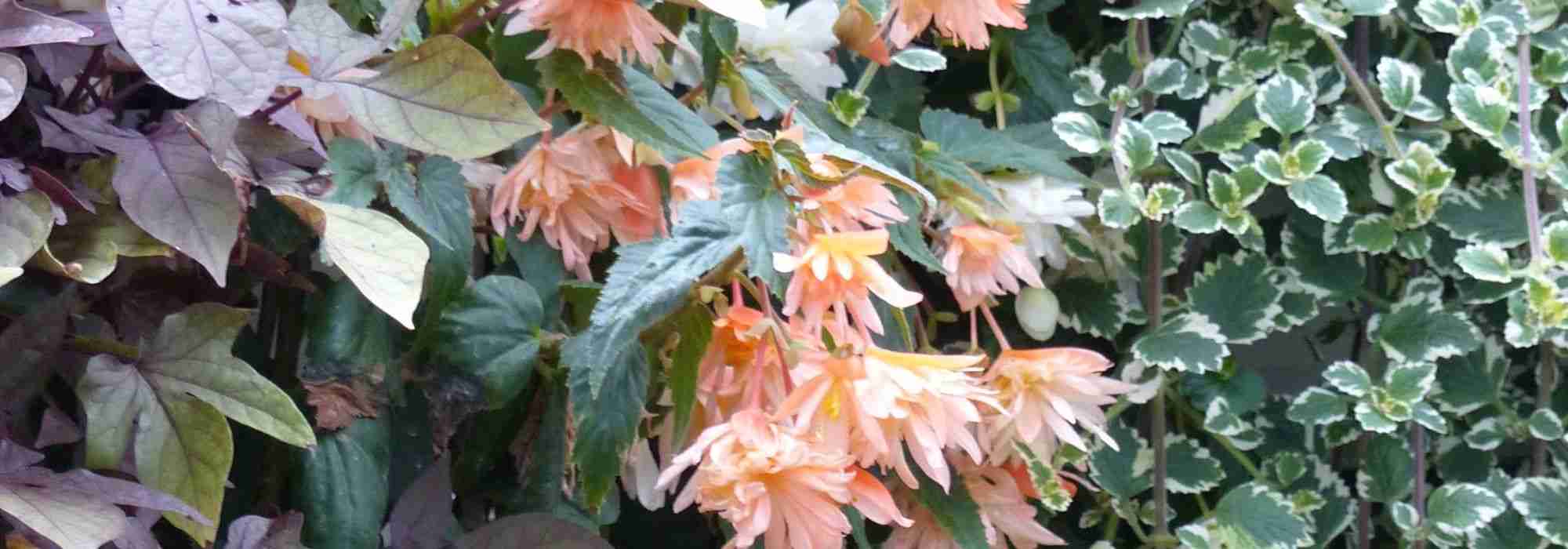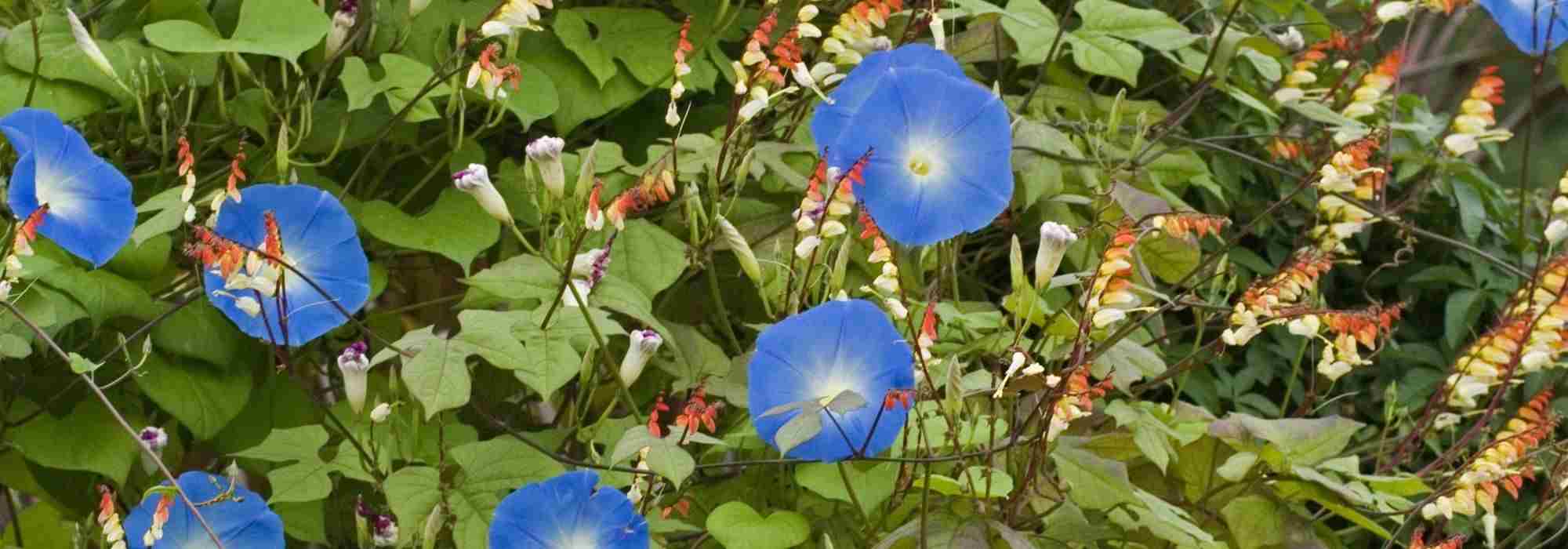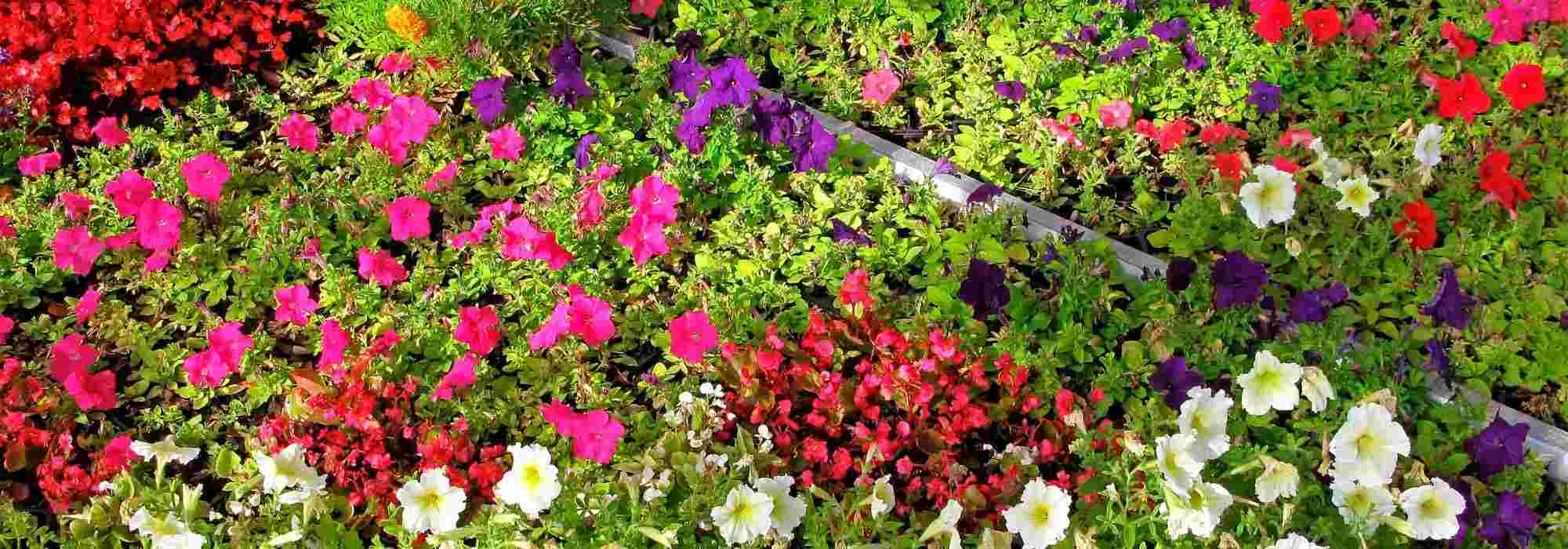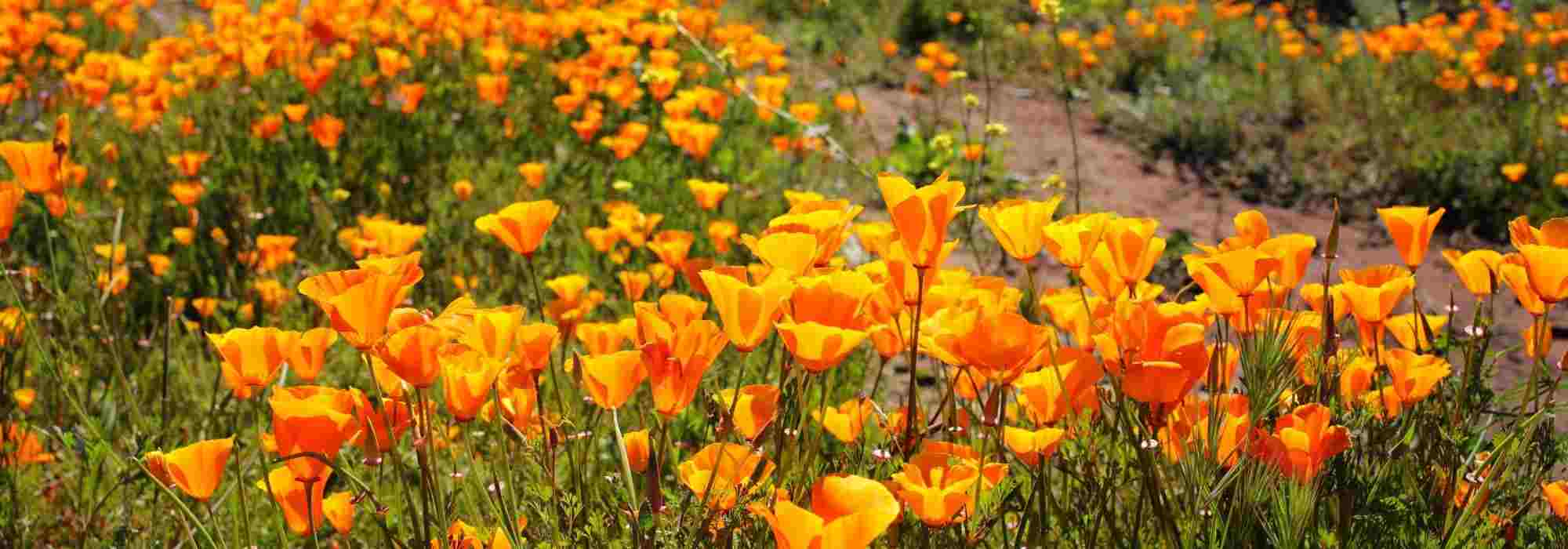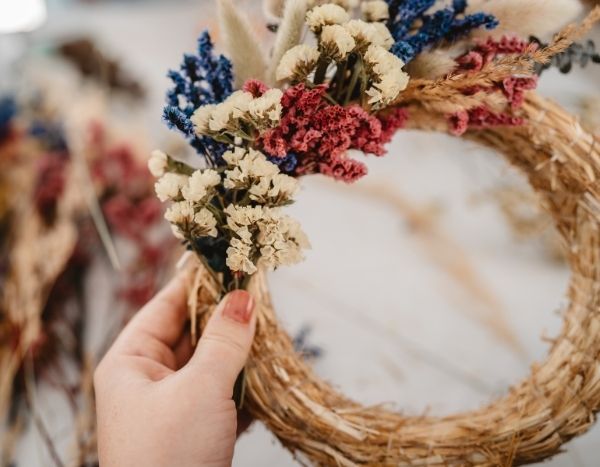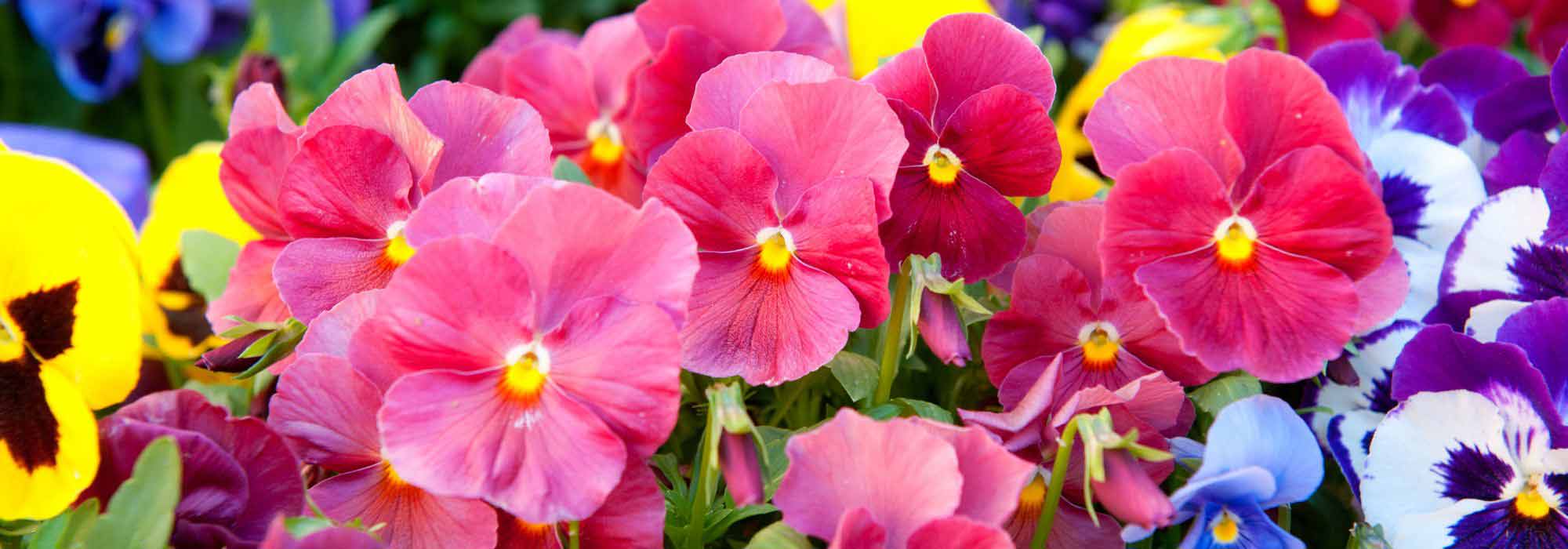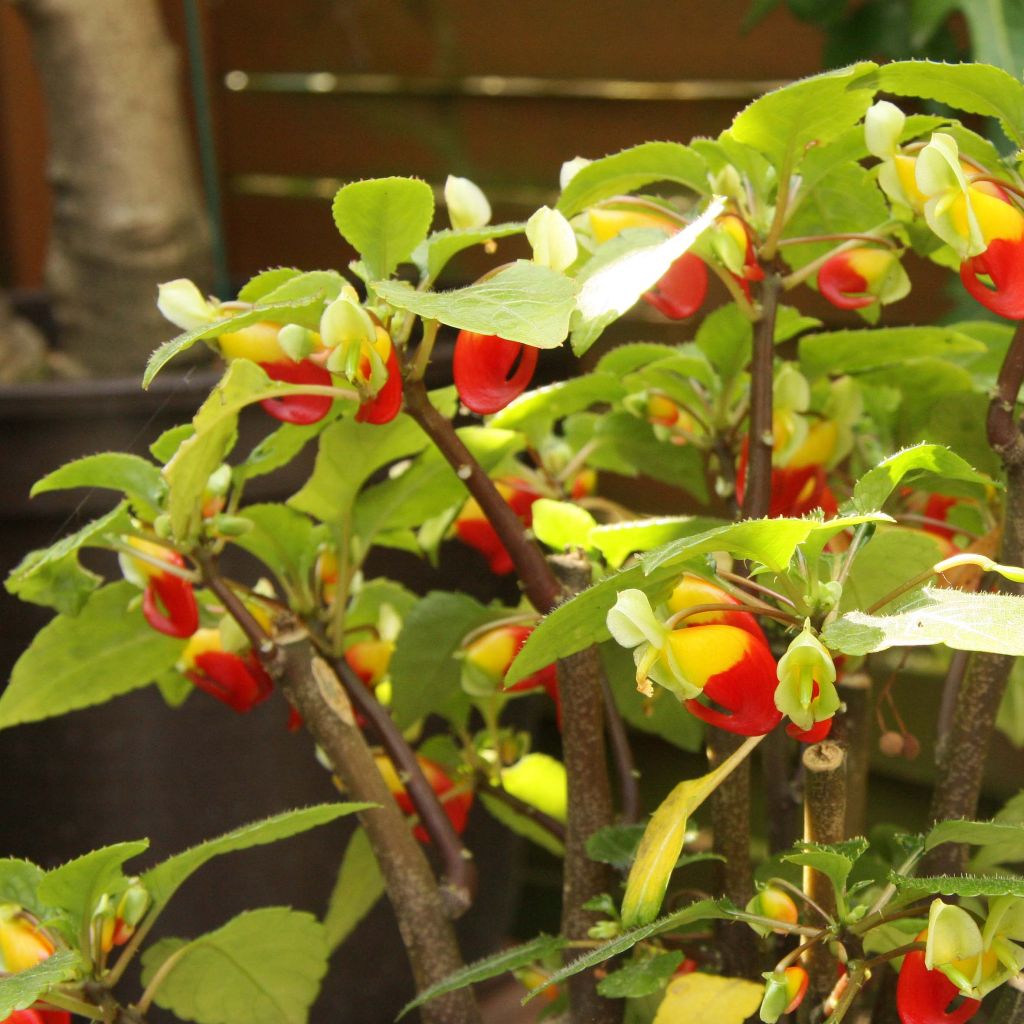

Impatiens niamniamensis rouge et jaune - Impatience de Zanzibar
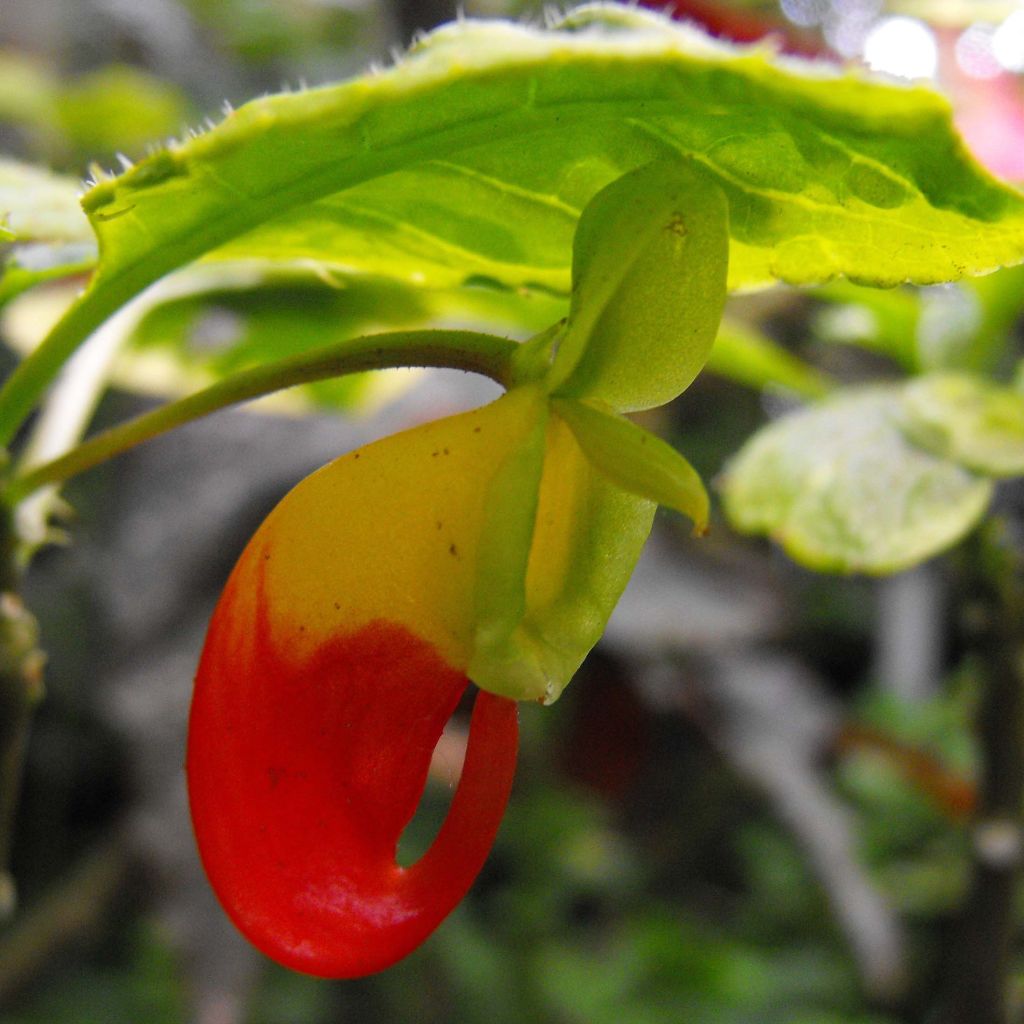

Impatiens niamniamensis rouge et jaune - Impatience de Zanzibar
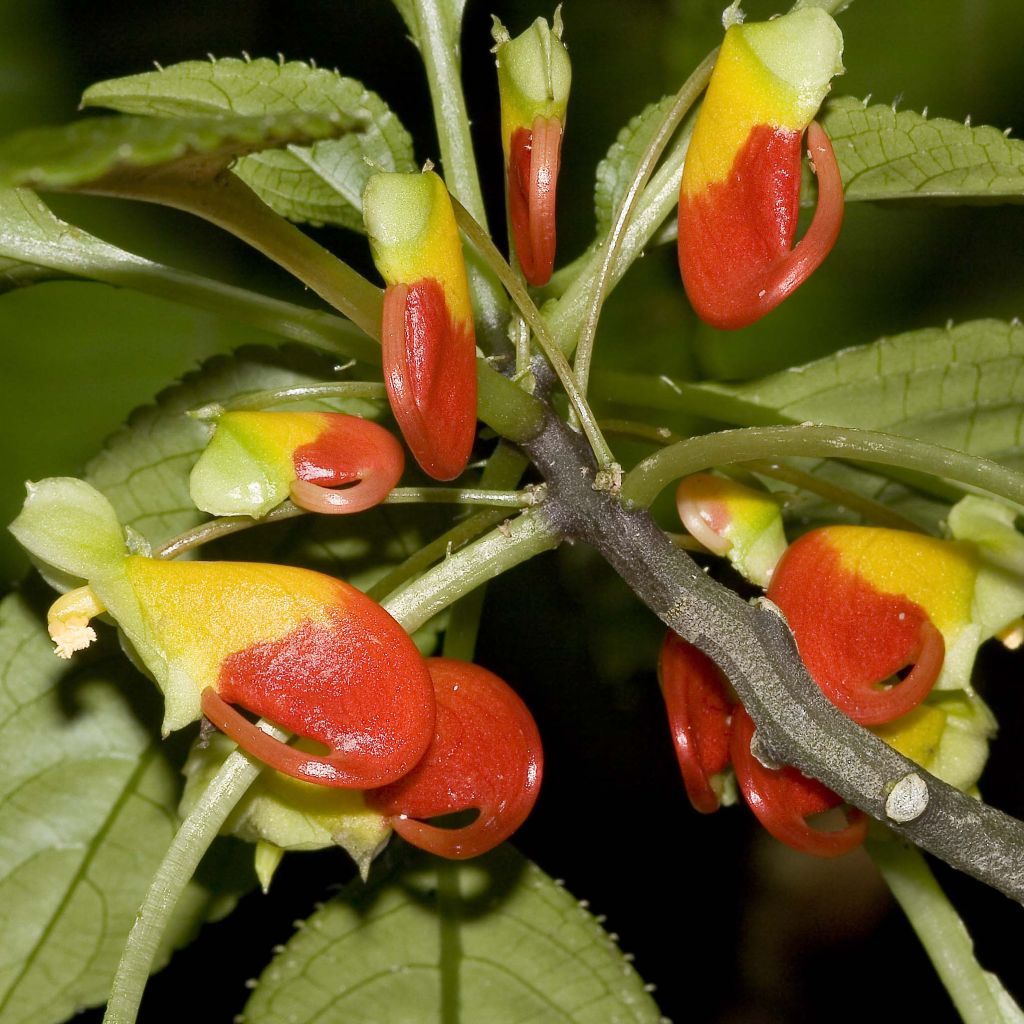

Impatiens niamniamensis rouge et jaune - Impatience de Zanzibar
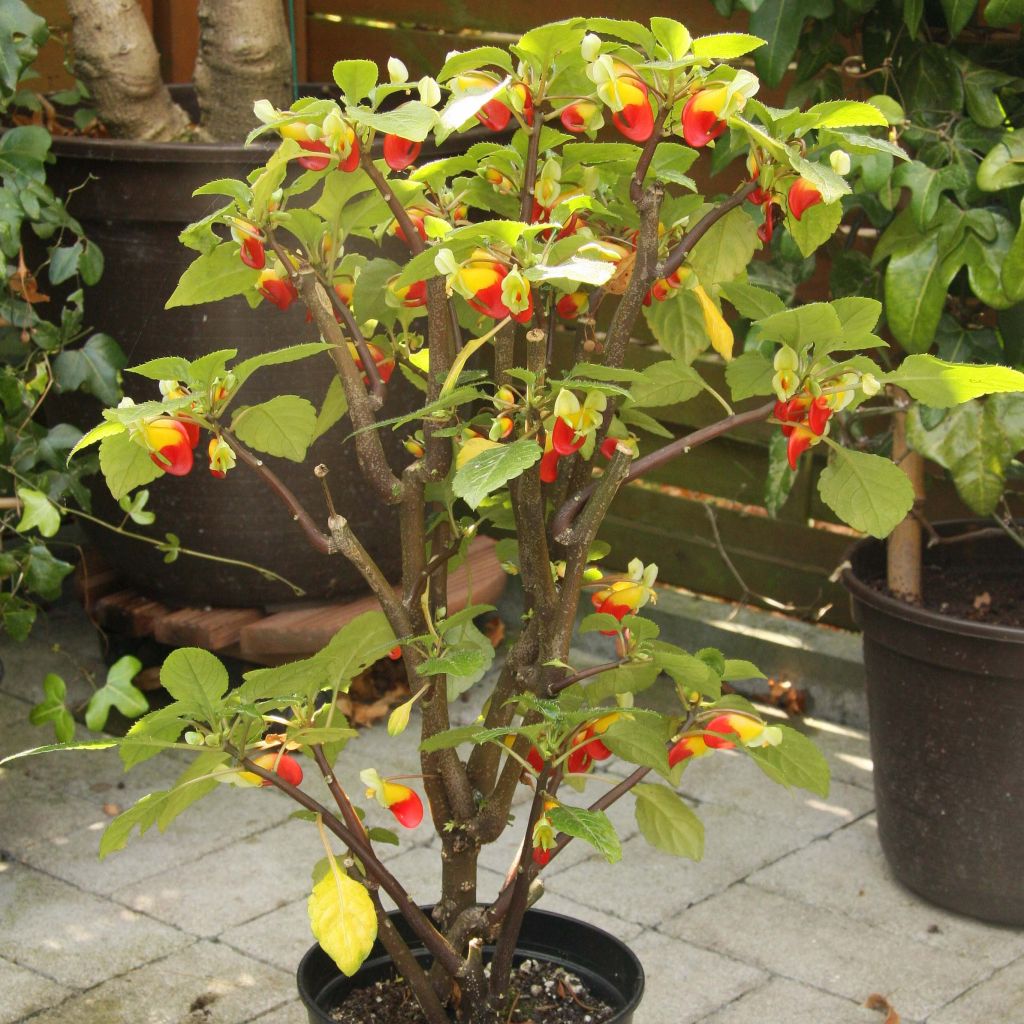

Impatiens niamniamensis rouge et jaune - Impatience de Zanzibar
Impatiens niamniamensis
Impatiens niamniamensis Rouge et Jaune
Congo Cockatoo, Parrot Plant
I'm sending another message, I really want to give five stars. I'm so satisfied with my order.
Jean Michel , 13/09/2025
Special offer!
Receive a €20 voucher for any order over €90 (excluding delivery costs, credit notes, and plastic-free options)!
1- Add your favorite plants to your cart.
2- Once you have reached €90, confirm your order (you can even choose the delivery date!).
3- As soon as your order is shipped, you will receive an email containing your voucher code, valid for 3 months (90 days).
Your voucher is unique and can only be used once, for any order with a minimum value of €20, excluding delivery costs.
Can be combined with other current offers, non-divisible and non-refundable.
Why not try an alternative variety in stock?
View all →This plant carries a 6 months recovery warranty
More information
We guarantee the quality of our plants for a full growing cycle, and will replace at our expense any plant that fails to recover under normal climatic and planting conditions.
Does this plant fit my garden?
Set up your Plantfit profile →
Description
Impatiens niamniamensis, also known as the Zanzibar Impatiens or Parrot's Beak, is a perennial plant full of originality and exoticism, evoking the splendour of African tropical forests. It is a plant with succulent organs, exhibiting strange hooked flowers that resemble bicolored parrot beaks, red and yellow. As ornamental as it is delicate, it will flower indoors or on the veranda throughout the year, or from summer to autumn in open ground. Its rapid growth allows it to be grown as an annual. This very beautiful plant thrives in shade or partial shade, in humus-rich, fertile, very moist but well-drained soil.
Impatiens niamniamensis, sometimes called Niam-niam, Zaire Impatiens or Parrot Impatiens, is a perennial plant from the Balsaminaceae family, native to the tropical areas of East Africa, mainly Congo, Zaire and Zanzibar. Its natural environment corresponds to the humid and shaded atmospheres found in the bush and swamp forests. The plant forms a bushy clump of 40 to 80cm (16 to 32in) in height and 70cm (28in) in width in a few months. Its succulent, thick and stiff stems bear green, ovate to lanceolate leaves with crenate lamina, attached to the stem by a long petiole. The flowering is almost continuous when the plant is kept above 15°C (59°F). When planted in open ground in the garden, it will flower throughout its growth before being cut back by the cold, below 5°C (41°F). The surprising and brightly coloured flowers of the 'Red and Yellow' selection have petals arranged in the shape of a parrot's beak: the lower petal is extended by a hooked spur about 5cm (2in) long. Each flower is bicoloured, with a yellow 'beak' at the base and a red tip. If you can observe the fruit, rare in cultivation, you will see a fusiform capsule that, when ripe, explodes upon the slightest contact, projecting countless small seeds up to 1 metre (3 feet) around the plant.
The Zanzibar Impatiens is an atypical and unusual plant, one of the most whimsical plant creatures that nature has provided us with. Little known to indoor plant enthusiasts, it is nevertheless easy to grow at home or in the garden. It requires little maintenance, apart from careful watering. It can be grown as an annual in shaded beds with moist soil, accompanied for example by hostas or Heucheras. But it is in the warm house or veranda that this luxuriant plant will fully show its potential, providing an exotic decoration even in the heart of winter. Note that this impatiens naturally forms a beautiful bonsai.
Note: Attention, our young plug plants are professional products reserved for experienced gardeners: upon receipt, transplant and store them under shelter (veranda, greenhouse, cold frame...) at a temperature above 14°C (57.2°F) for a few weeks before being installed outdoors once the risk of frost is definitively eliminated.
Impatiens niamniamensis in pictures
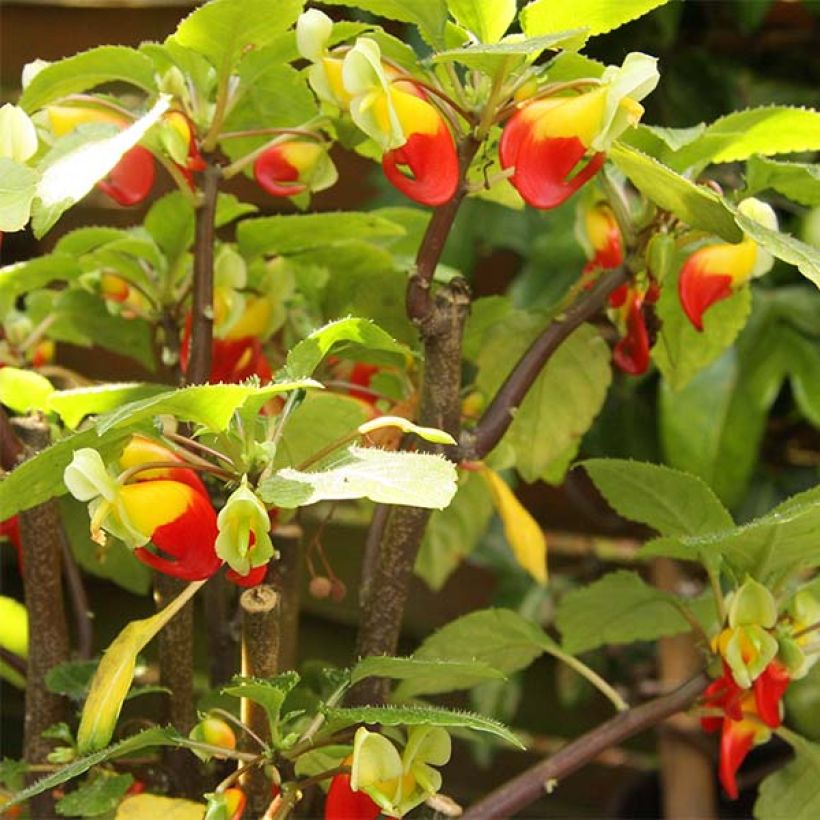

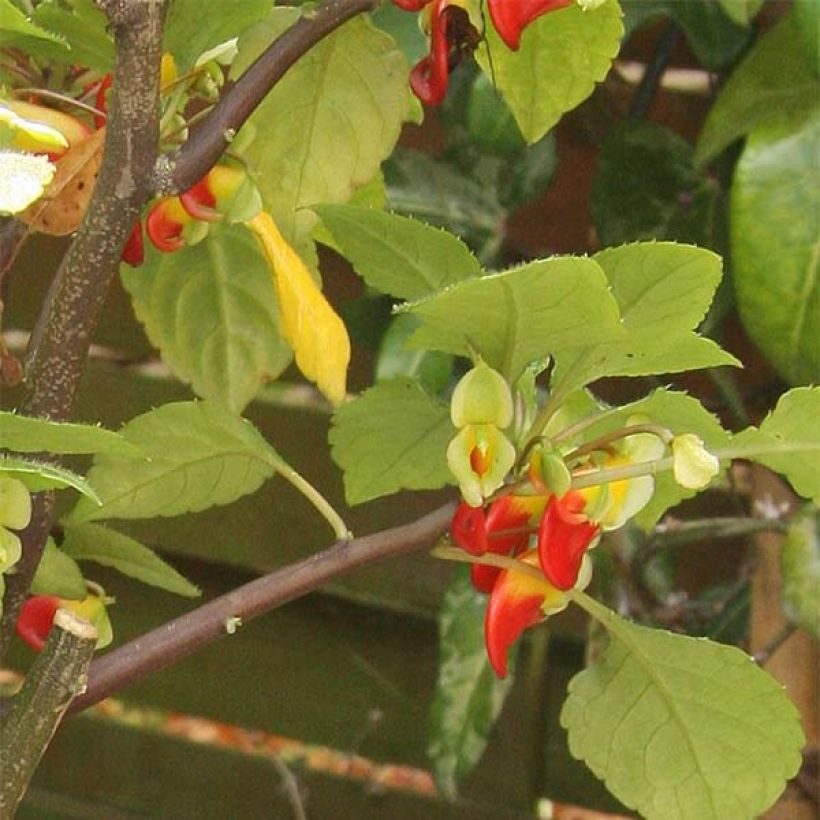

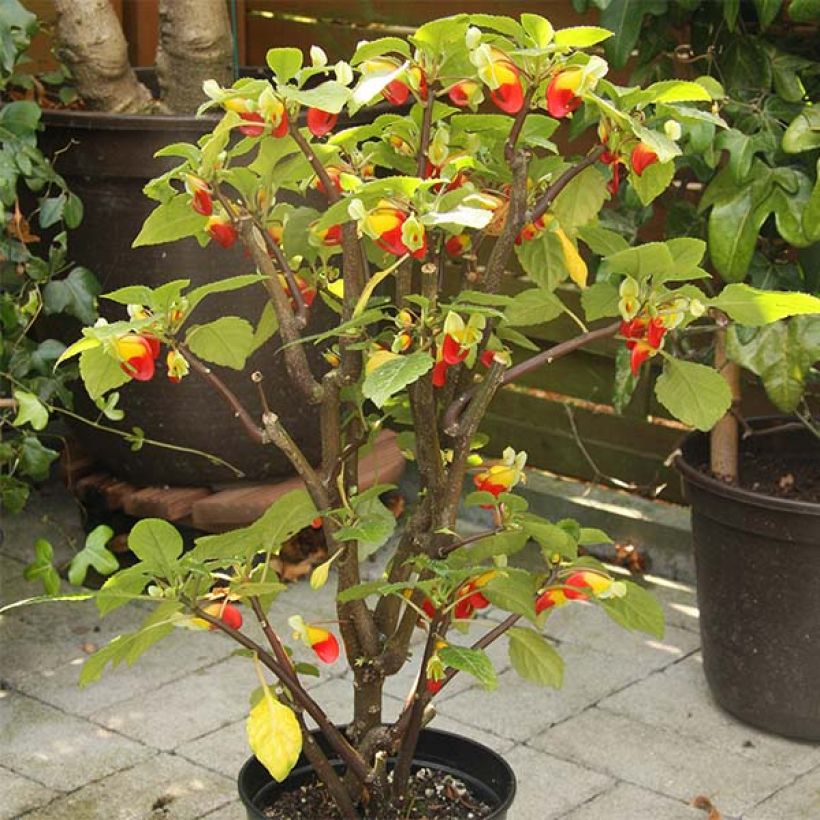

Flowering
Foliage
Plant habit
Botanical data
Impatiens
niamniamensis
Rouge et Jaune
Balsaminaceae
Congo Cockatoo, Parrot Plant
East Africa
Other Annuals
View all →Planting and care
Zanzibar balsam is a tropical plant that does not tolerate cold weather well. It is best cultivated in a moderately sized pot, as it prefers to have its roots slightly crowded, and should be kept warm indoors or in a conservatory with access to a shaded garden from May to September. Watering should be abundant and regular, but the soil or growing medium should not become waterlogged. Under these conditions, it is likely to flower throughout the year. Pruning will help to renew the flowering. It can also be grown as an annual plant and planted in a flowerbed in spring. It will flower until autumn. However, cool temperatures towards the end of the season, below 5°C (41°F), will halt flower production. The plant dies at temperatures below 0°C (32°F).
Planting period
Intended location
Care
Planting & care advice
-
, onOrder confirmed
Reply from on Promesse de fleurs
Haven't found what you were looking for?
Hardiness is the lowest winter temperature a plant can endure without suffering serious damage or even dying. However, hardiness is affected by location (a sheltered area, such as a patio), protection (winter cover) and soil type (hardiness is improved by well-drained soil).

Photo Sharing Terms & Conditions
In order to encourage gardeners to interact and share their experiences, Promesse de fleurs offers various media enabling content to be uploaded onto its Site - in particular via the ‘Photo sharing’ module.
The User agrees to refrain from:
- Posting any content that is illegal, prejudicial, insulting, racist, inciteful to hatred, revisionist, contrary to public decency, that infringes on privacy or on the privacy rights of third parties, in particular the publicity rights of persons and goods, intellectual property rights, or the right to privacy.
- Submitting content on behalf of a third party;
- Impersonate the identity of a third party and/or publish any personal information about a third party;
In general, the User undertakes to refrain from any unethical behaviour.
All Content (in particular text, comments, files, images, photos, videos, creative works, etc.), which may be subject to property or intellectual property rights, image or other private rights, shall remain the property of the User, subject to the limited rights granted by the terms of the licence granted by Promesse de fleurs as stated below. Users are at liberty to publish or not to publish such Content on the Site, notably via the ‘Photo Sharing’ facility, and accept that this Content shall be made public and freely accessible, notably on the Internet.
Users further acknowledge, undertake to have ,and guarantee that they hold all necessary rights and permissions to publish such material on the Site, in particular with regard to the legislation in force pertaining to any privacy, property, intellectual property, image, or contractual rights, or rights of any other nature. By publishing such Content on the Site, Users acknowledge accepting full liability as publishers of the Content within the meaning of the law, and grant Promesse de fleurs, free of charge, an inclusive, worldwide licence for the said Content for the entire duration of its publication, including all reproduction, representation, up/downloading, displaying, performing, transmission, and storage rights.
Users also grant permission for their name to be linked to the Content and accept that this link may not always be made available.
By engaging in posting material, Users consent to their Content becoming automatically accessible on the Internet, in particular on other sites and/or blogs and/or web pages of the Promesse de fleurs site, including in particular social pages and the Promesse de fleurs catalogue.
Users may secure the removal of entrusted content free of charge by issuing a simple request via our contact form.
The flowering period indicated on our website applies to countries and regions located in USDA zone 8 (France, the United Kingdom, Ireland, the Netherlands, etc.)
It will vary according to where you live:
- In zones 9 to 10 (Italy, Spain, Greece, etc.), flowering will occur about 2 to 4 weeks earlier.
- In zones 6 to 7 (Germany, Poland, Slovenia, and lower mountainous regions), flowering will be delayed by 2 to 3 weeks.
- In zone 5 (Central Europe, Scandinavia), blooming will be delayed by 3 to 5 weeks.
In temperate climates, pruning of spring-flowering shrubs (forsythia, spireas, etc.) should be done just after flowering.
Pruning of summer-flowering shrubs (Indian Lilac, Perovskia, etc.) can be done in winter or spring.
In cold regions as well as with frost-sensitive plants, avoid pruning too early when severe frosts may still occur.
The planting period indicated on our website applies to countries and regions located in USDA zone 8 (France, United Kingdom, Ireland, Netherlands).
It will vary according to where you live:
- In Mediterranean zones (Marseille, Madrid, Milan, etc.), autumn and winter are the best planting periods.
- In continental zones (Strasbourg, Munich, Vienna, etc.), delay planting by 2 to 3 weeks in spring and bring it forward by 2 to 4 weeks in autumn.
- In mountainous regions (the Alps, Pyrenees, Carpathians, etc.), it is best to plant in late spring (May-June) or late summer (August-September).
The harvesting period indicated on our website applies to countries and regions in USDA zone 8 (France, England, Ireland, the Netherlands).
In colder areas (Scandinavia, Poland, Austria...) fruit and vegetable harvests are likely to be delayed by 3-4 weeks.
In warmer areas (Italy, Spain, Greece, etc.), harvesting will probably take place earlier, depending on weather conditions.
The sowing periods indicated on our website apply to countries and regions within USDA Zone 8 (France, UK, Ireland, Netherlands).
In colder areas (Scandinavia, Poland, Austria...), delay any outdoor sowing by 3-4 weeks, or sow under glass.
In warmer climes (Italy, Spain, Greece, etc.), bring outdoor sowing forward by a few weeks.






























